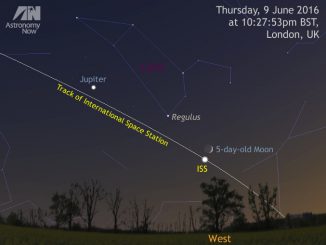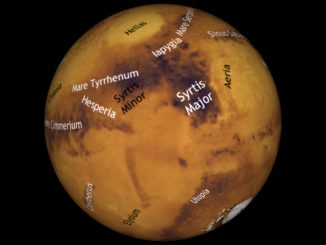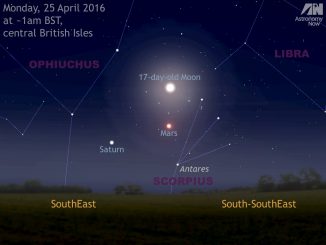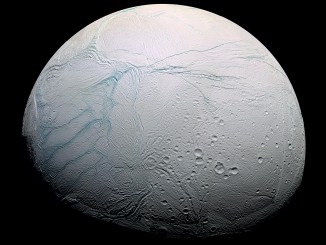
See the International Space Station over the UK
In recent nights, observers in the UK and Western Europe have seen the International Space Station (ISS) as a bright naked-eye ‘star’ moving slowly across the sky from west to east. On Thursday, 9 June, London is favoured for some close approaches of the ISS to the Moon, Jupiter and Saturn. If you see the Station, spare a thought for Tim Peake and the Expedition 47 crew on board!









